
According to Aditya Bardia, MD, MPH, FASCO, antibody-drug conjugates are slowly replacing chemotherapy as a standard treatment for breast cancer.

Your AI-Trained Oncology Knowledge Connection!


According to Aditya Bardia, MD, MPH, FASCO, antibody-drug conjugates are slowly replacing chemotherapy as a standard treatment for breast cancer.

A simulation procedure helped to ascertain chemotherapy tolerability before administering radioembolization therapy for NETs with liver metastases.

The addition of radioembolization to radiosensitizing chemotherapy may help concurrently treat patients with liver tumors and disease outside the liver.

In neuroendocrine tumor management, patients with insulinoma may be at risk of severe hypoglycemia following receipt of GLP-1 receptor agonists.
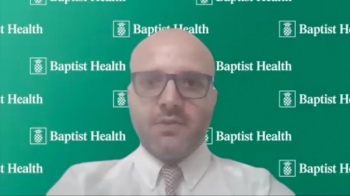
Decreasing the low-dose bath of proton therapy to the body may limit the impact of radiation on lymphocytes and affect tumor response.

The physicians share real-world imaging schedules, triggers for adding local therapy, and lessons from serial MRI data in the MARIPOSA trial.

The panel examines a 59-year-old woman with small brain metastases, addressing therapy selection to balance CNS control, survival, and quality of life.

According to Eyub Akdemir, MD, reducing EDIC may be feasible without compromising target coverage to reduce anticipated lymphopenia rates.
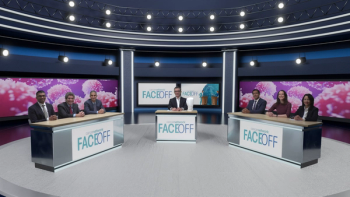
Panelists discuss how the future of brain control in limited-stage small cell lung cancer may trend toward MRI surveillance rather than prophylactic cranial irradiation (PCI) given its toxicity and the availability of effective salvage stereotactic radiosurgery, though survival benefits from historical PCI trials and shared decision-making still support offering hippocampal-avoidant PCI with memantine until definitive data from trials like MAVERICK emerge.

Vickie Baracos, PhD, determined 2 highly coherent molecular subtypes in human muscle from patients with cancer at risk of cachexia.

Panelists discuss how the ADVANCE study was structured to determine whether adding daratumumab to KRd enhances depth and durability of response in NDMM.

Panelists discuss how comprehensive diagnostic and functional pretesting ensures safe and effective initiation of quadruplet therapy in NDMM.

212Pb-DOTAMTATE showed “unexpectedly good” outcomes among those with gastroenteropancreatic neuroendocrine tumors, said Mary Maluccio, MD, MPH, FACS.

Experts discuss applying emerging evidence from MARIPOSA and FLAURA2 to first-line decision-making in EGFR-mutated disease.

Misako Nagasaka, MD, PhD, Dr. Nagasaka introduces the panel and outlines the session’s focus on applying new EGFR-mutated NSCLC data to practice, with emphasis on CNS control and toxicity prevention.

Reviews the decade-long progress in EGFR-targeted therapies and introduces the rationale for first-line dual inhibition.

Melphalan, BCNU, vitamin B12, and ascorbic acid plus ASCT show promise for patients with metastatic PDAC, according to results from the SHARON trial.

Panelists discuss how patients relapsing shortly after BCMA CAR T-cell therapy should receive GPRC5D-targeted bispecifics rather than repeat BCMA therapies, given the evidence that prior BCMA exposure reduces efficacy of subsequent BCMA-directed treatments.

Panelists discuss how the future of stage III non–small cell lung cancer treatment may shift from concurrent chemoradiotherapy toward sequential approaches with upfront systemic intensification (chemotherapy plus immunotherapy) followed by ablative radiation, mirroring successful surgical paradigms while acknowledging that concurrent therapy remains the current standard until proven otherwise.
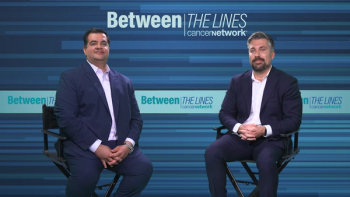
Experts discuss how second-generation Bruton tyrosine kinase (BTK) inhibitors have enhanced chronic lymphocytic leukemia (CLL) management by offering improved tolerability and flexible dosing strategies that allow personalized, long-term therapy with manageable adverse effects and effective toxicity mitigation, thereby maintaining disease control while preserving patients’ quality of life.

Lower- and middle-income countries must work to build trust with pharmaceutical companies to enhance representation in cancer-related clinical trials.

Panelists discuss how risk stratification using cytogenetic and molecular markers is vital to tailoring NDMM therapy and improving long-term outcomes.

Panelists discuss how quadruplet therapy has become the new benchmark for NDMM, offering deeper and more durable responses than previous triplet regimens.
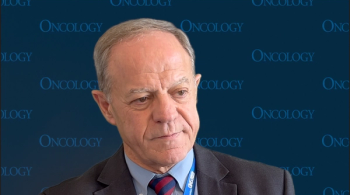
Immunotherapy-based combinations may elicit a synergistic effect that surpasses monotherapy outcomes among patients with muscle-invasive bladder cancer.
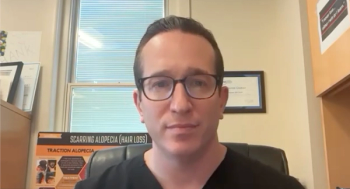
Adam Friedman, MD, FAAD, discusses systemic barriers to timely dermatologic consultation for patients with cancer.

A new partnership agreement involving AI use may help spread radiotherapeutic standards from academic centers to more patients in community-based practices.

Adam Friedman, MD, FAAD, discusses essential communication strategies for oncologists to address patient fears about dermatologic adverse effects.

In areas that have a higher incidence of genetic conditions, experts across different fields have to collaborate to develop cures and therapies.

Recent findings presented at ASTRO 2025 suggest an “exciting opportunity” to expand the role of radiation oncology in different nonmalignant indications.

The 3 most likely directions of radiotherapy advancements come from new technology, combinations with immunotherapy, and the incorporation of particle therapy.